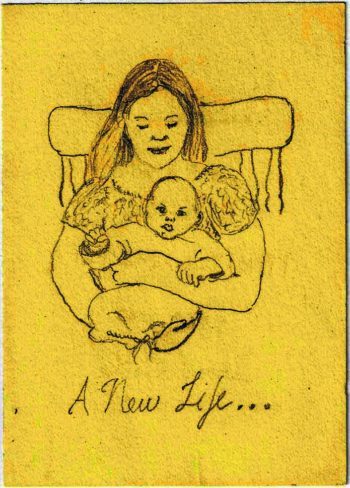
Let’s return to basics. This information will help you when a birth colleague asks you what you are doing when you are doing techniques suggested on the Spinning Babies® website.
A hypothesis tests the reality which is discussed in one’s premise. The answer to the above question motivated my life’s work. The answers I received didn’t seem correct. I heard:
“Her baby was big.”
“She was too uptight.”
“Sometimes there is no answer.”
I didn’t believe these were valid explanations for common use of cesarean section. Asking a better question led me to what makes birth easier is not first through psychology but first through physiology. Fetal position, labor patterns, labor progress share the cause of the tensegrity (the tension between opposing pulls) in the structures making up the birth anatomy. These structures are muscles, ligaments, joints, and the connective tissue overall and through all these same structures. What’s tight or twisted can be corrected, or balanced, in pregnancy or even in the moments of birth. Not for everyone, but for most!
Each major claim in Spinning Babies® can be found somewhere in research, yes, of course, but too often separate and unexplored as related factors. Fetal position, for instance, is a common subject of obstetrical study. The sacrotuberous ligament’s role in placement of the sacrum can be found. A posterior baby’s likelihood of cesarean birth due to a narrow pelvic outlet is well dehttps://www.spinningbabies.com/wp-content/uploads/2019/10/sample3-1.pngd in the literature. I’ve connected these data dots to show how one is a clue to another and which technique or birth position might help. In this example, we seek a technique and position to allow a long pushing stage to suddenly end in a vaginal birth. We have to look beyond what we’ve always known to reach alternative outcomes to the OR.
Spinning Babies® puts new and old together to prepare for birth and avoid unmanageable pain and stalls in labor (labor dystocia). We use stretch and jiggle techniques first to balance out what is tight, twisty or limp, and then match smarter birth positions to open the pelvis for baby’s descent. Many of us now experience that when birth is easier for the baby, birth becomes easier for the Birth Giver. And by the way, easier for the doctor or midwife as well.
What began for me as an observation and a hypothesis has become a trademarked brand around the world. Something is catching the interest of the experienced birth worker as well as the parent who asks, “Why?”
[tribe_events_list limit=”4″]
Did you like this lesson? Please share this post with colleagues and invite them to sign up for our emails themselves. This is how we track how many providers we’re reaching with the Spinning Babies® approach to resolving childbirth dystocia and other topics of our new paradigm, Physiology Before ForceSM. We’re hoping to hear that 30% of American providers have used Spinning Babies® at three or more births. Can we do this in Europe and Australia, too? To reach other continents, we’ll need translation and cultural relevance. Join our efforts; make a difference.